Scherzo and Intermezzo (1842)
from String Quartet in A minor, Op. 41, No. 1
Robert Schumann (1810 - 1856)
SATB Sax Quartet
Scherzo and Intermezzo by Robert Schumann arranged for SATB Sax Quartet. This is the second movement of Schumann’s first string quartet, String Quartet in A minor, Opus 41, Number 1. Scherzo and Intermezzo is a short study in contrasts. The scherzo section is in 6/8 time and features a fast, lively tempo throughout – imagine galloping horses. The Intermezzo section is slightly slower (but not much) and more lyrical, in cut time. After the intermezzo concludes, we return to the racing triplets of the scherzo.
This arrangement of Scherzo and Intermezzo is for SATB Sax Quartet. It is in the original key. NOTE: A slight cut has been made in the recapitulation, reducing the repeated material, and the performance time. The cut can be omitted to restore the complete movement. This is clearly noted in the score.
- The range for each saxophone part is shown below.
- Audio and score excerpts are available above.
- Registered users can download a complete sample score and full length audio file of Scherzo and Intermezzo on the ‘Samples’ tab above.

About the Composer
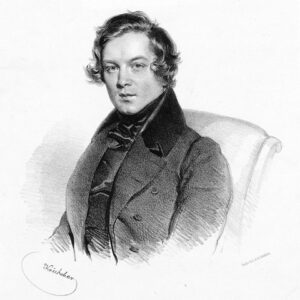 Robert Schumann (1810-1856) was a pivotal German composer and music critic, a key figure in the Romantic era, known for his expressive piano pieces, lieder (art songs), and symphonies, and his marriage to pianist Clara Wieck.
Robert Schumann (1810-1856) was a pivotal German composer and music critic, a key figure in the Romantic era, known for his expressive piano pieces, lieder (art songs), and symphonies, and his marriage to pianist Clara Wieck.
Born in Zwickau, Saxony, his father was an author and bookseller, who encouraged his son’s love for literature alongside his musical talent. Robert initially studied law at the University of Leipzig, but his passion for music led him to abandon his legal studies and pusue music. After he developed problems with his right hand he had to focus on composition rather than performance.
Schumann’s early works, particularly his piano pieces, established him as a Romantic composer, known for their emotional depth and programmatic nature. He founded the Neue Zeitschrift für Musik (New Journal for Music) in 1834, as a platform for his musical criticism and analysis. His relationship with Clara Wieck, a talented pianist and the daughter of his piano teacher, Friedrich Wieck, was a defining aspect of his life. Their marriage in 1840, after a court battle, led to a period of intense creative output.
Schumann’s later years were marked by mental health struggles, including periods of depression and anxiety, which ultimately led to his hospitalization and death in 1856. Despite his personal struggles, his music continues to be celebrated and admired for its poetic sensibility and emotional depth.

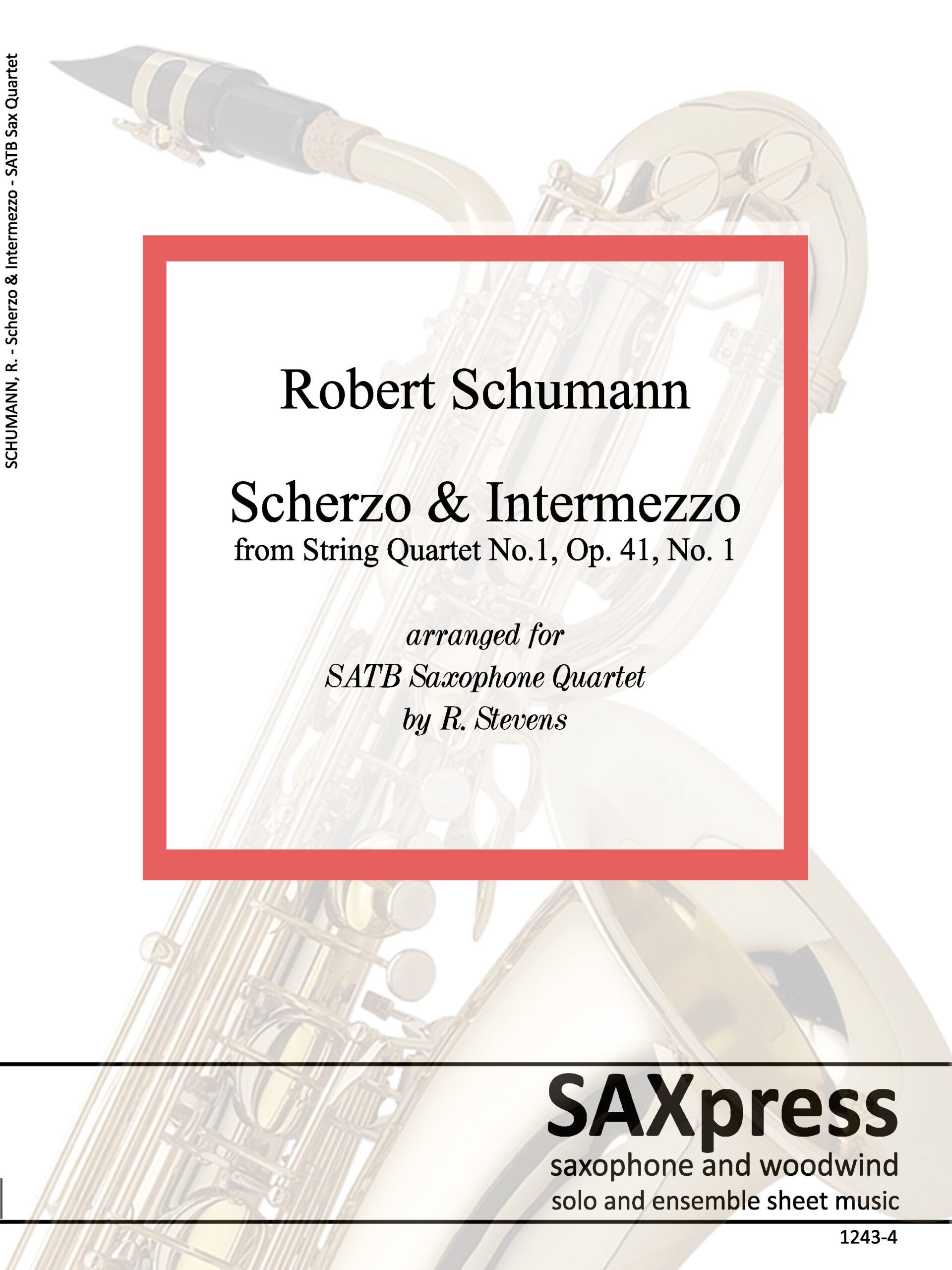

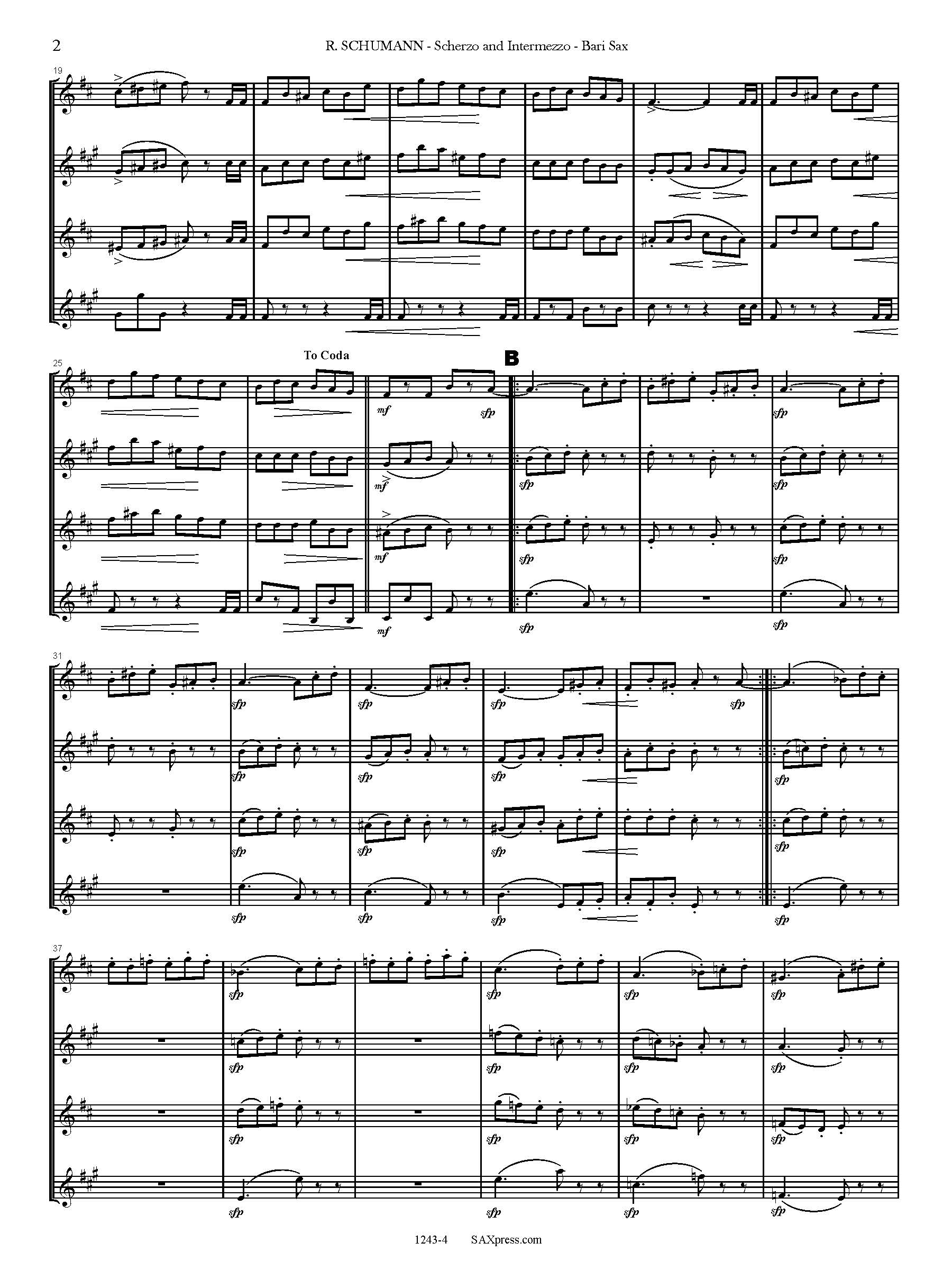
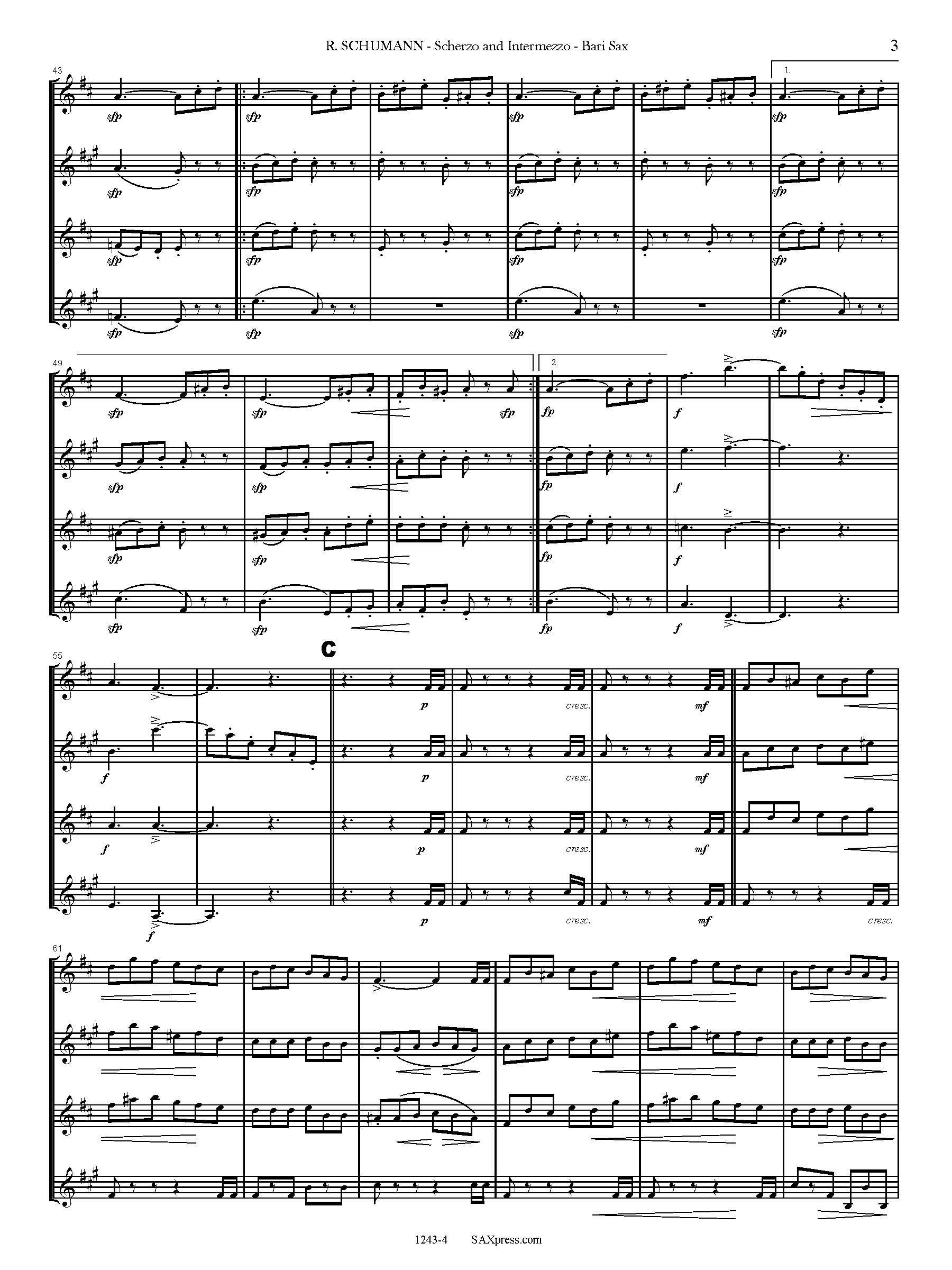

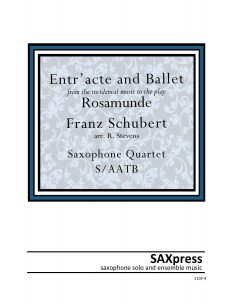
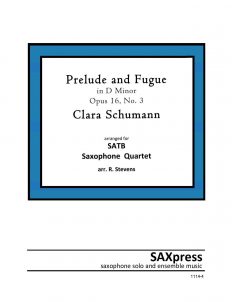
Reviews
There are no reviews yet.